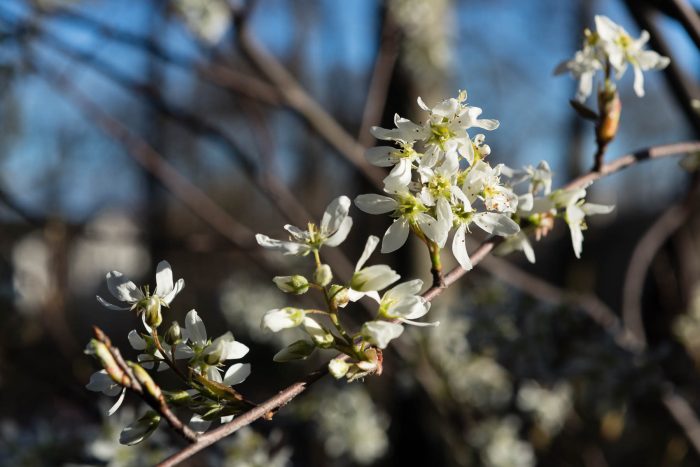Shadbush
Amelanchier canadensis
The shadbush is a small tree with white flower clusters that bloom in early spring. It grows in wet areas such as swamps and forested wetlands throughout the Chesapeake Bay watershed, mostly in the coastal plain.

